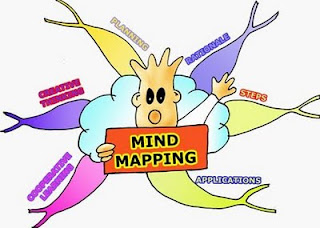Toilet paper origami is also called Hotel Toilet Paper folding as it is practiced in many hotels worldwide. You can also amuse and great your guests with this amazing origami style. This post offers enough online resources about basic toilet origami folds. Learn some basic and interesting facts about toilegami and start folding toilet paper to have fun.
Basically, the cleaning staff folds the first piece of toilet paper on the roll into a shape. The most popular is the triangle fold, and it’s a great way to greet your guests when they visit your bathroom.
Knowing a few simple techniques can entertain your guests and confuse family and friends when you visit.
How this origami style was created?
It is called origami style because it is an art form which is amusing and entertaining. The purpse or origin of this origami style is unknown but there are two basic reasons of this creative art:
As a way of assuring guests that the bathroom has been cleaned.
To impress or delight guests with the management’s creativity and attention to detail.
There are two ways to do toilegami:
- fold the toilet paper while it is still on the roll, or
- fold a single sheet of toilet paper.
The common fold normally involves creating a triangle or "V" shape out of the first sheet or square on a toilet paper roll. Commonly, the two corners of the final sheet are tucked behind the paper symmetrically, forming a point at the end of the roll. More elaborate folding results in shapes like fans, sailboats, and even flowers.
Few easy to learn toilegami folds are:
The Triangle Fold,
The Diamond Fold
The Pleated Fold,
The Pleated Tuck Fold
The Flourish
You can learn these folds from ‘Origami Resource Center’
Toilet paper folding or toilegami has attracted the attention of observers within the hotel industry and beyond it, involving both sober discussion of the practice as a marketing move as well as wry commentary with various degrees of seriousness. The practice has been considered an emblematic example of a meme copied across the world from a hotel to another until the point that most of them now do it.
Interesting facts:
Stephen Gill, a British photographer has published a book of pictures of folded hotel toilet paper from various nations.
Hotel toilet paper folding is such an institution that in the horror movie 1408 it is used as one of the eerie happenings noticed by the main character—after using the toilet paper, he finds it mysteriously has been freshly folded over.
The Tickle Pink Inn, a motel in Carmel Highlands, California, folds the ends of its toilet paper into fan-like designs, mirroring the folds of its bathroom washcloths.
One travel writer noted seeing toilet paper folded into flowers and sailboats at hotels in Costa Rica.
An automated toilet paper folding machine called Meruboa was invented in Japan. With the push of a lever the device folds the first sheet of toilet paper into a triangle.
Interesting links and online resources:
* Stephen Gill explains why he spent three years taking pictures of hotel toilet paper. The loo roll that says I love you
* Toilet paper origami pictures from many hotles around the world
* A blog ‘Toilet Paper Origami’ (Most pictures or this article are taken from the same blog)
* Learn two basic folds of toilegami from thissimple tutorial
* How to: Make Toilet Paper Origami
First published at 'factoidz'


















